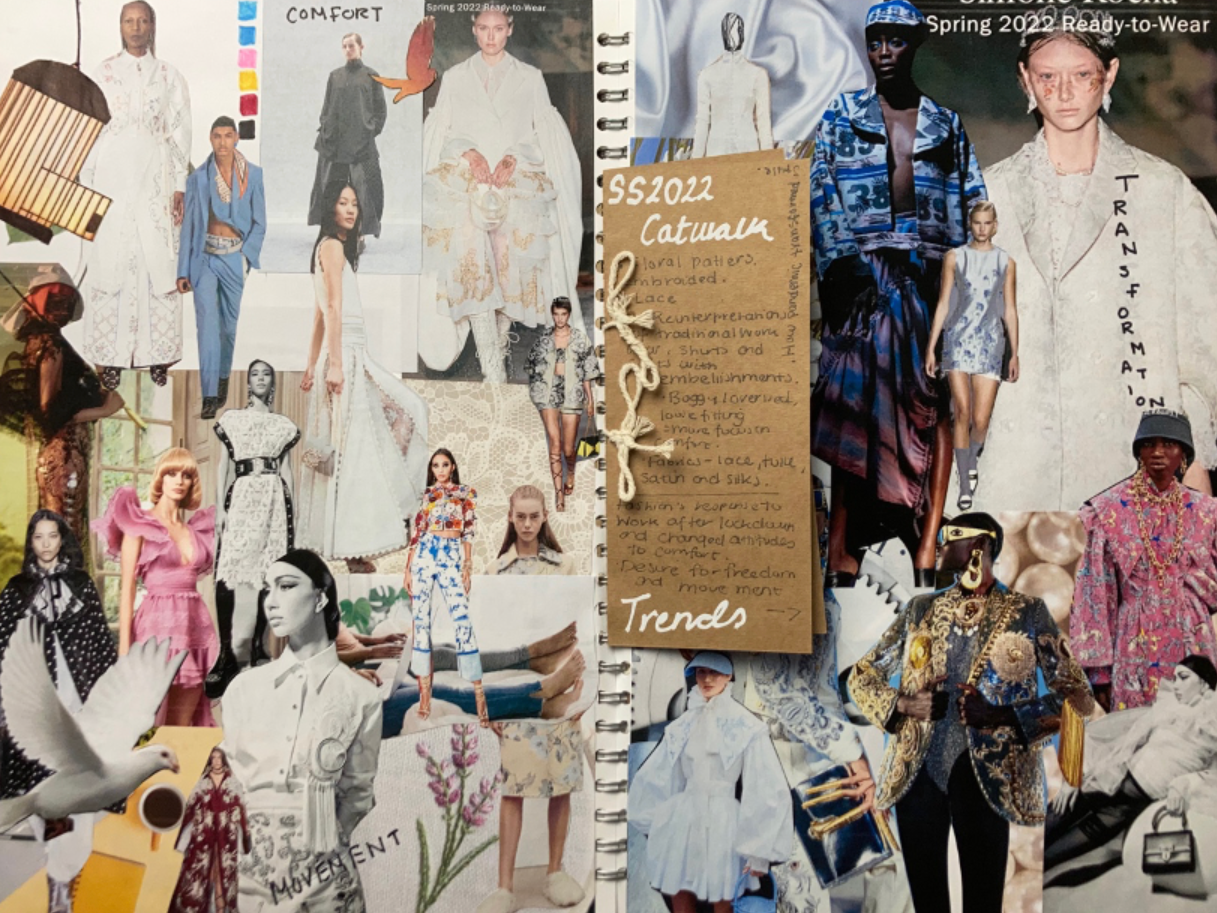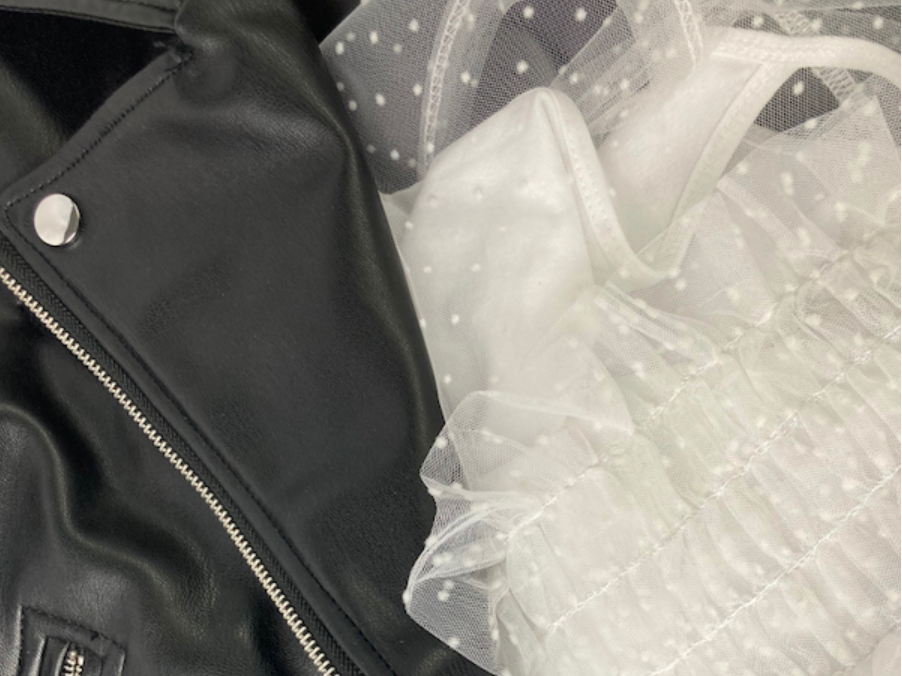Sneaking Sustainability into our Sneakers.
According to a recent BBC report, the trainer market is estimated to be worth £68 billion by 2024 and is only expected to grow. This means our problem is only going to get bigger.
When sustainability is put within the context of the fashion industry, most people associate it with designers looking closer to home for biodegradable materials, instead of internationally flown in leather. Solar panels on top of units containing vintage gems ready to be rented, instead of chimneys ejected from warehouses muddying up the skies. Fabrics being fed through machines to be reincarnated, instead of soaring piles in landfills leaning like an unsteady tower of Jenga. Either way, trainers seem a world away, like an independent entity on the fine line between fashion and something more personal and rooted within our culture and identity.
However, even for those preferring to remain intoxicated by the clout that comes hand-in-hand, or in this case, foot-in-foot, when you find yourself sporting the same footwear as a Kardashian, knowledge about the damage your beloved kicks are causing to our world is starting to become mainstream. Gracefully of course, no brand will bring up a problem whilst standing short of a solution, and so slowly the trainer market has started seeing more and more designs incorporating recycled materials on both the soles and bodies. Infamous materials such as rubber, aka, the resident shock absorber is being stripped of its rein, in favour of more easily recyclable alternatives; recycled polyester and nylon, or even air (Nike). A vital step, considering such materials can take centuries to disintegrate.
The giants in the trainer industry are starting to make it a competition. Nike already has one angle on treating the problem, and they call it “crater”, a foam incorporating materials they claim are composed of 20% recyclable materials by weight. They have also swapped out leather coveting their Air Force 1 design for a more animal friendly synthetic version. The swap makes a noticeable difference in not only their contribution to climate change, but also their comfort, the crater sole being considerably lighter than its original AF1 counterpart.
For Adidas sustainability has found itself to be the backbone for several of their collaborations. 2022 will see the release of their FUTURECRAFT.FOOTPRINT campaign with Allbirds. An initiative which accounts for the carbon footprint of their trainer production from birth to shelves, and they proudly name the use of new materials such as ‘bio-based sugarcane’ and ‘natural rubber’. Although they admit that despite their milestone, they still haven’t reached their target of 100% sustainability. Ambitious, yet in their eyes, achievable.
Speaking of All birds, they have their own projects, and are a company unafraid of experimenting with unconventional materials, including wool and natural resources such eucalyptus trees which create their trademarked products called TENCEL, a replacement fibre for cotton that ‘cuts their carbon footprint in half’. Companies like these are taking innovation beyond the parameters of just reaching for an organic alternative.
Having looked at these three brands alone, the approach varies. Some have kept their recognisable designs that have proved popular amongst generations, whilst others have gone minimalist. Relying on the consumer’s desire to not only be sustainable, but to have their trainers appear that way too, for sustainability and simplicity have found themselves aligned - particularly when it comes to aesthetics. They want the ingenuity of the materials to speak for themselves, bravely taking on the maximalist status quo of using whatever colour outdoes the last, and the arms race of manipulating every feature possible.
Although these adjustments are a positive, it’s no secret that small steps are not the answer. The trainer must be reimagined, rethought and repurposed. We cannot continue stalling, because whether we like it or not something big is around the corner. It’s up to us whether it’s on our footwear, or it’s on our planet.





